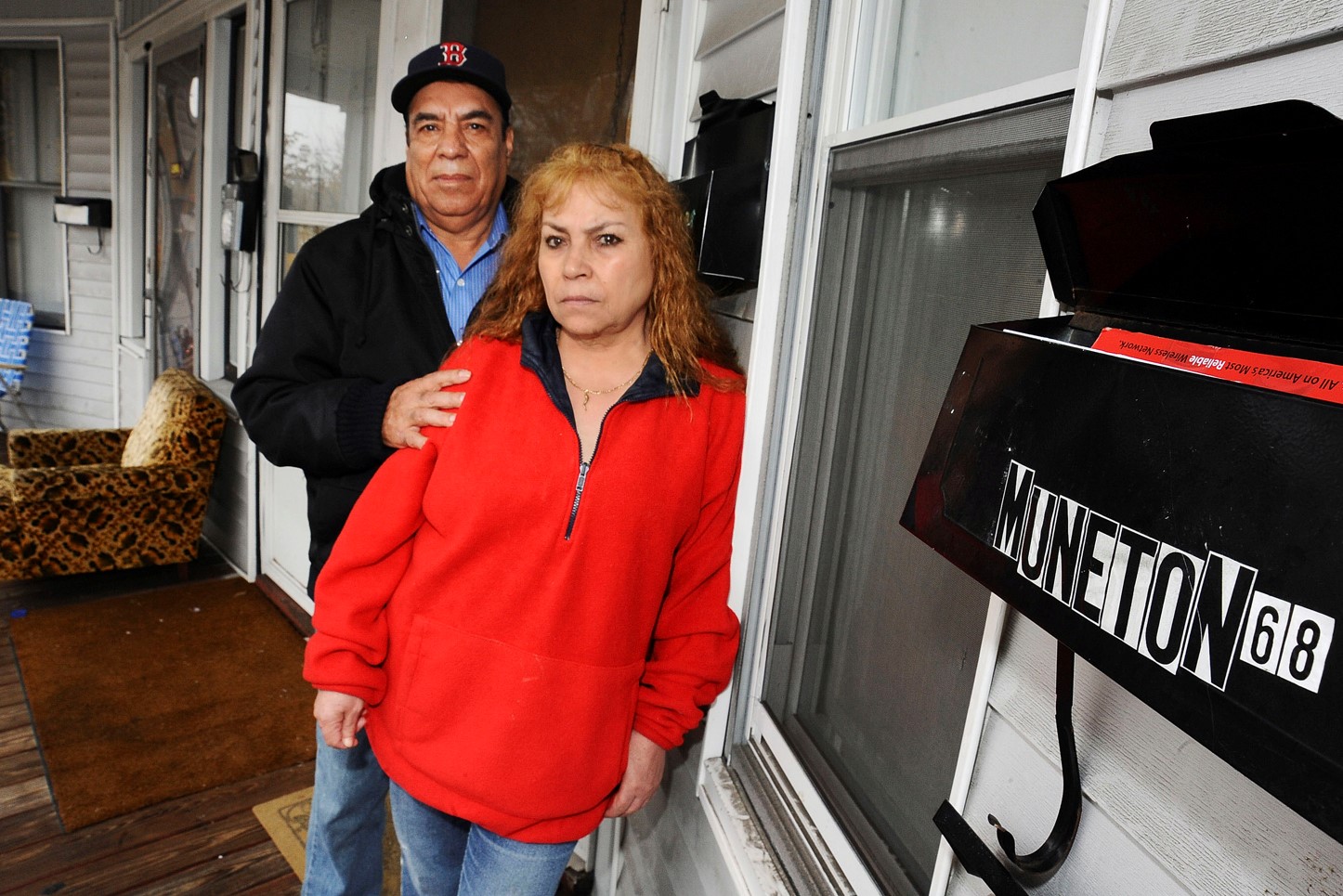You probably don’t know about it, but you should: there is a huge “retirement savings gap” in America. The gap is the difference between the assets available to families and the assets that they need to retire at age 67 without incurring a significant lifestyle change. A 2013 study by the National Institute on Retirement Security found that among working households ages 25-64 the collective gap is between $6.8 trillion and $14 trillion.
Really more like a gorge than a gap.
This shortfall is distributed among a very broad swath of workers. In fact, the median retirement account balance for working-age households is $3,000. In other words, the typical working family is on a path to severe retirement insecurity.
Some of the causes of this crisis have to do with economic transformations we’ve undergone in recent decades. For one thing, stagnating—and in many sectors, declining—wages make it hard for workers to devote adequate resources to retirement. Additionally, the much-noted transition in the private sector from defined benefit pensions to defined contribution retirement schemes like 401(k) plans has shifted massive amounts of risk to workers, and, in many cases, decreased the value of retirement benefits — especially for workers who don’t begin putting money in their accounts early in their working life.
On the other hand, one cause of the crisis has been around for decades. Throughout the many changes in the American economy, labor market, and retirement system, the share of workers lacking access to employer-based plans has been alarmingly high, usually hovering between 40 and 50 percent. Though workers whose employers offer no plan could theoretically open an Individual Retirement Account (IRA) on their own, the data are overwhelmingly clear that far too few of them do. A number of reasons fuel this phenomenon. First, sitting down and making one’s own financial plans for a retirement that might be many decades away is difficult and counter-intuitive. Second, the array of investment products available in today’s marketplace is complex and bewildering. Finally, low- and middle-wage workers often wind up paying very high fees.
Fortunately, the Illinois Secure Choice Retirement Savings Program, signed into law on January 4th, addresses several of these problems. Through this legislation, many workers will now be automatically enrolled in a Roth IRA with a 3% payroll deduction. All workers qualify who have worked for a company with at least 25 employees that has been in business for at least 2 years, and offers no retirement plan. Workers may opt out, or select a contribution level other than 3%.
In many ways, this is a modest idea: it doesn’t require employers to fund these accounts, and it doesn’t involve any government subsidy. On the other hand, it tackles some major issues. First and foremost, it directly takes on the problem of access to employer plans. Secondly, by enrolling people by default unless they want to opt out, it will increase participation. Finally, by pooling a huge number of participants into a single program, workers—especially those who have low wages and work for comparatively small firms—will benefit from fees that are far lower than many would have otherwise paid.
The idea of the automatic enrollment IRA for workers without access to employer plans has been around for nearly a decade. It was invented by Mark Iwry, then of the Brookings Institute (now at the U.S. Treasury Department), and David John, then of the Heritage Foundation (now at AARP). It was supported in 2008 by the presidential campaigns of both Barack Obama and John McCain, and has been introduced in dozens of state capitols. However, due to opposition from the financial industry, no state was able to enact a law implementing such a program—until we passed Secure Choice in Illinois.
Interestingly, after years of battling with special interest groups over this legislation, most of the concerns recently expressed are focused on the question of why the law doesn’t go further. Some have asked why the employee contribution level is only 3%, or why it doesn’t escalate incrementally every year. Others point out that by exempting businesses with fewer than 25 employees, we’ll leave too many workers without coverage. These points are all sound. Indeed, the Illinois Secure Choice Program, while a major step, will not entirely solve the problem of retirement security for workers in the state who currently lack access to workplace plans. What’s more, it makes no progress on wage stagnation or most of the challenges associated with the shift to defined contribution retirement plans.
So we still have much more work to do if we are to create truly adequate retirement security for all workers. But after many years of changes in retirement policy that have usually meant bad news for American workers, I’m proud to have played a role in moving our society in a new direction, and I’m energized to build on this momentum and strive for progress in the years to come.










